Is Spain Mediterranean? A Spicy Journey Through Flavor, Geography, and Culture!
Welcome to a flavor-packed exploration that blends geography with gastronomy! Have you ever wondered whether Spain is truly part of the Mediterranean world? And how does this influence its spices, cuisine, and culture? Whether you're a spice enthusiast or a culinary explorer, this article will take you on a journey through Spain's sun-drenched landscapes, vibrant markets, and iconic dishes.
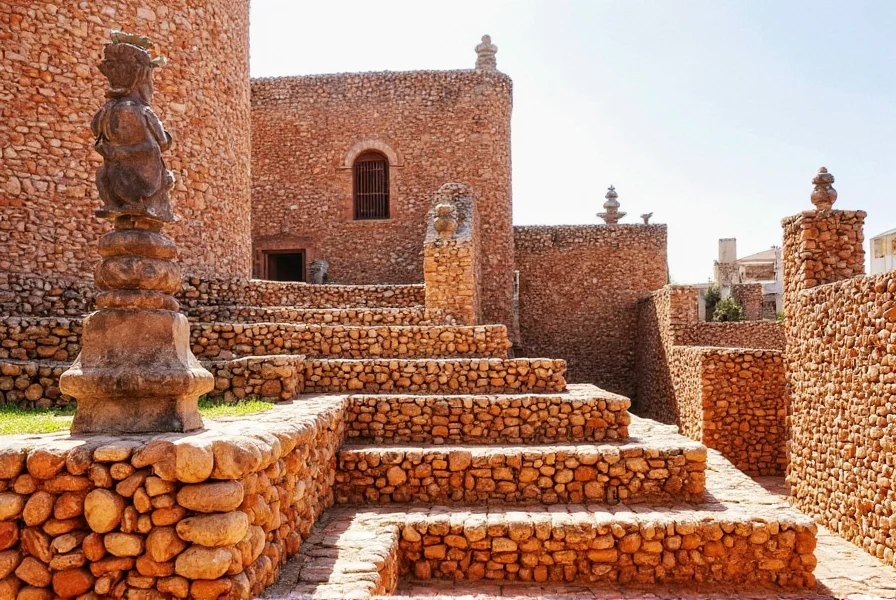
Table of Contents
- Geographical Position: Is Spain Really in the Mediterranean?
- Spain & Spice: A Mediterranean Connection
- Iconic Spanish Dishes That Speak Mediterranean
- Buying Guide: Must-Try Spanish Spices & Ingredients
- Tips for Cooking Mediterranean-Inspired Spanish Dishes at Home
- Culture, Climate, and Cuisine: The Mediterranean Lifestyle
- Conclusion: Spain – Definitely Mediterranean, Delightfully Spicy
Geographical Position: Is Spain Really in the Mediterranean?
Let’s start with the basics. Is Spain geographically part of the Mediterranean region?
The short answer: Yes — but with some nuances.
Spain is bordered by both the Atlantic Ocean and the Mediterranean Sea. Its eastern coastline runs along the Mediterranean, making regions like Catalonia, Valencia, Murcia, and the Balearic Islands undeniably part of the Mediterranean basin.
| Region | Bordering Body of Water | Mediterranean Status |
|---|---|---|
| Catalonia (Barcelona) | Mediterranean Sea | Yes |
| Valencia | Mediterranean Sea | Yes |
| Andalusia (Seville, Granada) | Atlantic Ocean | No |
| Basque Country (San Sebastián) | Atlantic Ocean | No |
| Balearic Islands (Mallorca, Ibiza) | Mediterranean Sea | Yes |
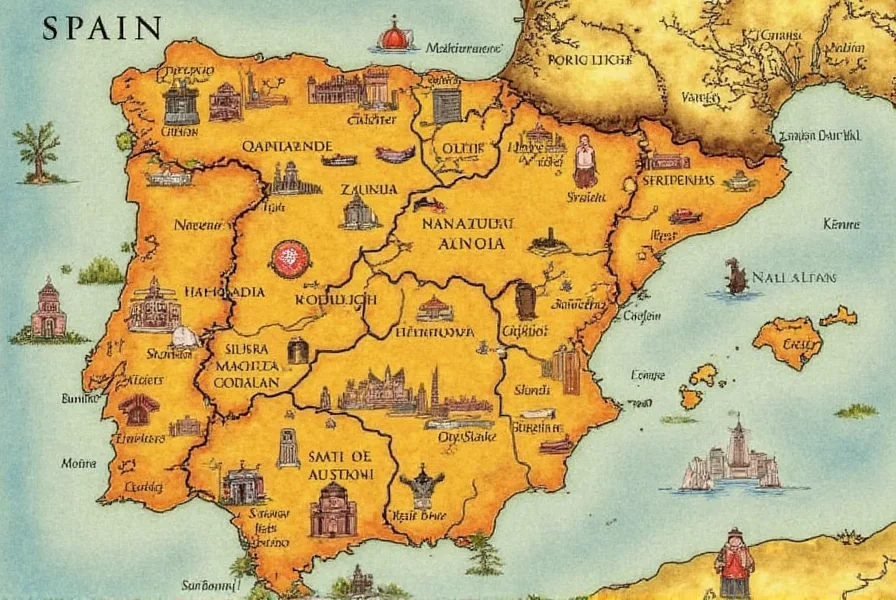
So while not all of Spain is strictly Mediterranean, many of its most iconic food and cultural regions are deeply influenced by the Mediterranean climate and trade routes — especially when it comes to spices and ingredients.
Mediterranean Climate = Mediterranean Ingredients
The Mediterranean climate is characterized by hot, dry summers and mild, wet winters. This environment supports the growth of olives, citrus fruits, almonds, saffron, and herbs — all staples in Spanish and broader Mediterranean cuisine.
Spain & Spice: A Mediterranean Connection
Spices have long connected Spain with the rest of the Mediterranean world — from Roman times to the Moorish era and beyond. While Spain isn’t known for exporting spices globally like India or Morocco, it has adopted and adapted them beautifully.
Top 5 Mediterranean Spices Used in Spanish Cuisine
- Saffron: Known as “red gold,” saffron is essential in paella and gives rice dishes their signature golden hue.
- Paprika (Pimentón): Smoked or sweet, paprika is used in chorizo, rubs, and sauces. It adds warmth and color.
- Garlic: Though not technically a spice, garlic is a cornerstone in Spanish cooking — think ajo blanco or alioli.
- Black Pepper: Adds heat and depth, often used in cured meats and stews.
- Bay Leaves: Common in slow-cooked dishes like olla podrida, they add aromatic complexity.
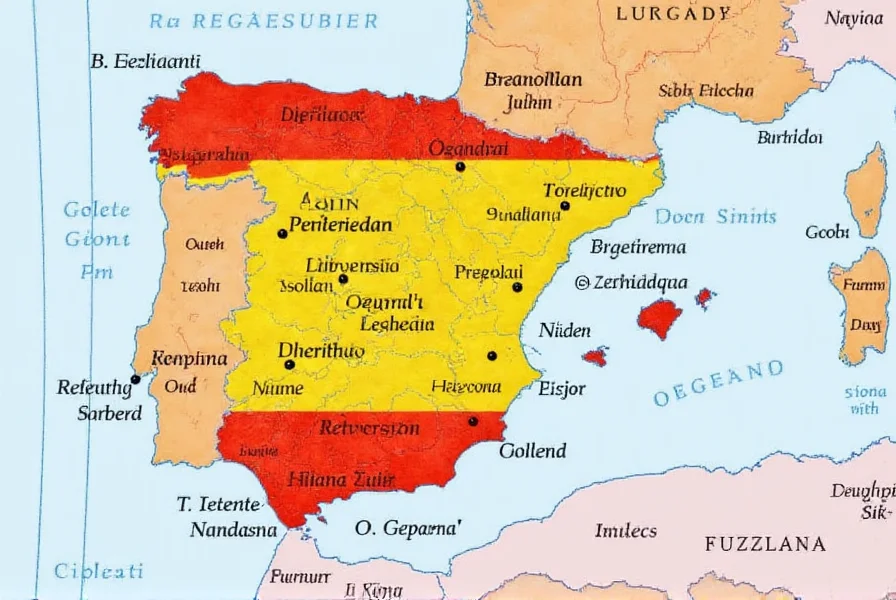
A Historical Spice Route: Spain’s Role
During the age of exploration, Spain brought back spices from the Americas and Asia. These were incorporated into local cuisine, influencing Mediterranean flavors across Europe. Think about chili peppers from the New World becoming the base for paprika — now an essential element in Spanish kitchens.
Iconic Spanish Dishes That Speak Mediterranean
If you’ve ever had paella valenciana, gazpacho, or espaguetis a la carbonara española, you’ve tasted the Mediterranean influence. Here’s how these dishes showcase Spain’s connection to the region:
Paella Valenciana
Originating from Valencia, this iconic dish uses saffron, olive oil, paprika, and fresh vegetables — all hallmarks of Mediterranean cuisine. It reflects agricultural abundance and coastal access.
Gazpacho
This cold tomato soup from Andalusia may seem surprising, but its roots lie in the need for refreshing, hydrating meals in hot climates. Garlic, olive oil, vinegar, and peppers — all classic Mediterranean ingredients — come together in harmony.
Patatas Bravas
This tapas favorite features potatoes with a spicy tomato sauce made with paprika, chili, and garlic — flavors borrowed from Mediterranean spice traditions.
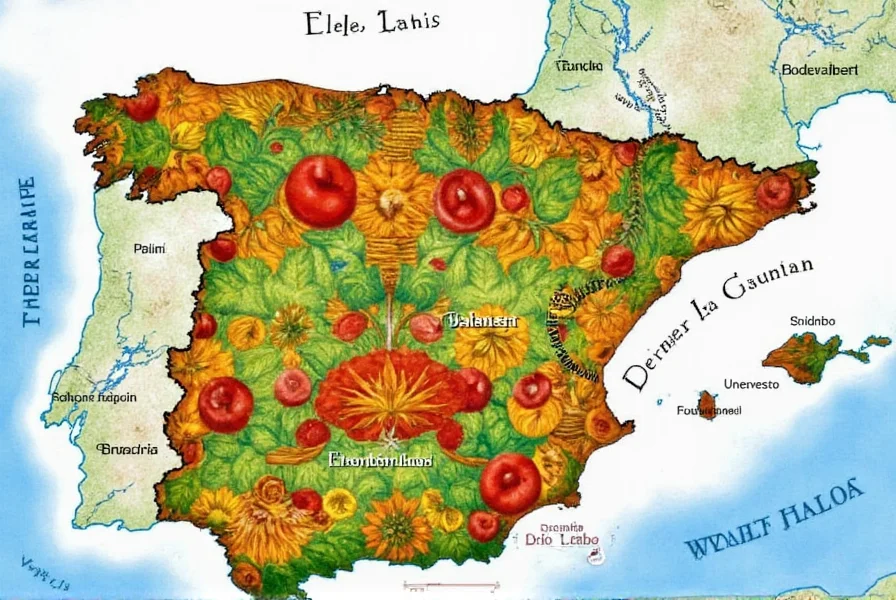
Tapas Culture: Small Bites, Big Flavors
In Mediterranean countries like Spain, Italy, and Greece, tapas or meze-style eating encourages social dining and emphasizes seasonal ingredients and strong spices. This mirrors the Mediterranean lifestyle: slow, shared, flavorful.
Buying Guide: Must-Try Spanish Spices & Ingredients
If you want to bring a taste of Spain’s Mediterranean essence into your kitchen, here are some must-have spices and ingredients:
| Product | Features | Advantages | Use Cases | Best For |
|---|---|---|---|---|
| La Flor Saffron Threads | Pure, hand-harvested threads from La Mancha | Superior quality, rich aroma, vibrant color | Paella, seafood stews, desserts | Foodies, chefs, home cooks |
| Pimentón de la Vera (Smoked Paprika) | Smoked over oak wood, PDO certified | Earthy, smoky flavor, enhances grilled meats and sauces | Chorizo, patatas bravas, marinades | Grill lovers, tapas fans |
| Olive Oil (Picual Extra Virgin) | From Andalucía, high polyphenol content | Fruity aroma, robust taste, great for salads or frying | Dressing, drizzling, sautéing | Health-conscious eaters, gourmet cooks |
| Sherry Vinegar (Vinagre de Jerez) | Aged in oak barrels, DOP certified | Complex tangy-sweet flavor, ideal for reductions and dressings | Vinaigrettes, marinades, sauces | Gourmet chefs, salad lovers |
| Sea Salt from Mallorca | Natural salt harvested from sea water | Mineral-rich, perfect finishing touch | Seasoning grilled veggies, meat, soups | All-purpose use, gift seekers |
Where to Buy Authentic Spanish Ingredients
- Specialty Spanish stores
- International grocery chains (Whole Foods, Trader Joe’s)
- Online retailers like Amazon or specialty sites like La Tienda
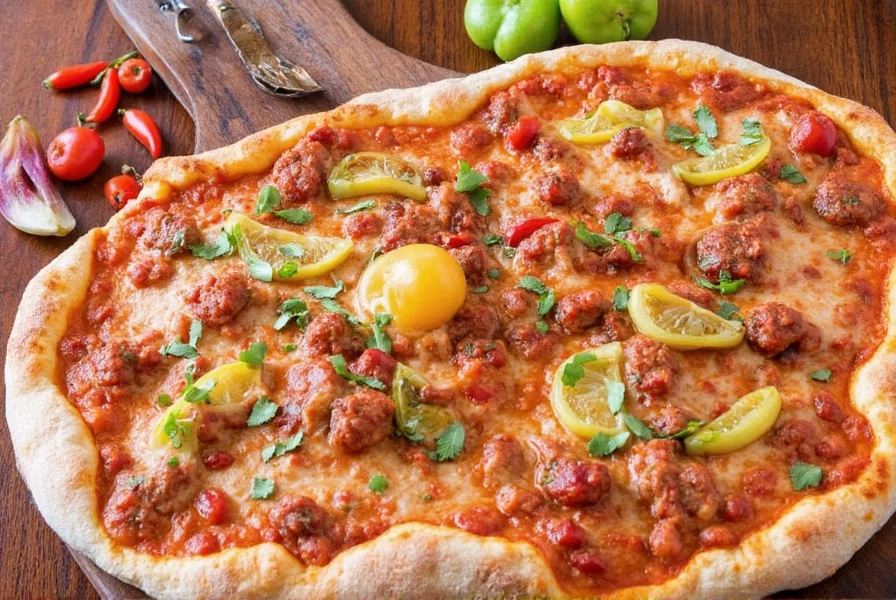
Tips for Cooking Mediterranean-Inspired Spanish Dishes at Home
Ready to bring some Spanish-Mediterranean magic into your own kitchen? Here are some pro tips:
1. Use High-Quality Oils and Fats
Opt for extra virgin olive oil for sautéing and finishing. Lard can also be used in traditional dishes for depth of flavor.
2. Layer Your Spices
Don’t just throw everything in at once. Build flavor by toasting spices first — like paprika in oil before adding tomatoes or broth.
3. Go Slow with Saffron
A little goes a long way. Soak saffron threads in warm liquid to release their full aroma before adding to your dish.
4. Balance Sweet and Heat
Many Spanish dishes play with sweet and spicy elements — try pairing smoked paprika with honey or sherry vinegar for balance.
5. Cook with the Seasons
Mediterranean cuisine thrives on seasonality. Make gazpacho in summer, stews in winter, and enjoy what’s fresh and local.
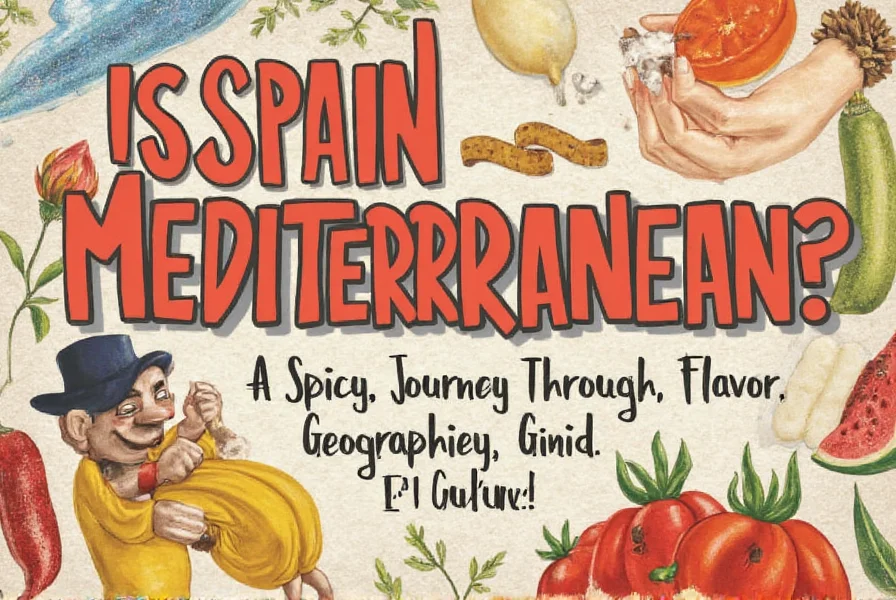
Culture, Climate, and Cuisine: The Mediterranean Lifestyle
Spain’s Mediterranean connection isn’t just about where it sits on a map — it’s also about how people live, eat, and celebrate.
The Art of Leisurely Eating
In the Mediterranean, meals are social events. Long lunches, family dinners, and evening tapas outings are all part of daily life. This emphasis on community and mindfulness around food is one of the key tenets of the Mediterranean diet — ranked among the healthiest in the world.
Outdoor Living
Thanks to its mild climate, outdoor dining is common in places like Valencia, Barcelona, and Mallorca. Markets bustle with fresh produce, herbs, and spices, encouraging vibrant culinary creativity.
Holiday Traditions
Whether it’s Christmas roasted meats seasoned with paprika, Easter seafood dishes, or summer festivals celebrating olives and wine, Spain’s calendar is filled with spice-laden traditions rooted in the Mediterranean rhythm of life.
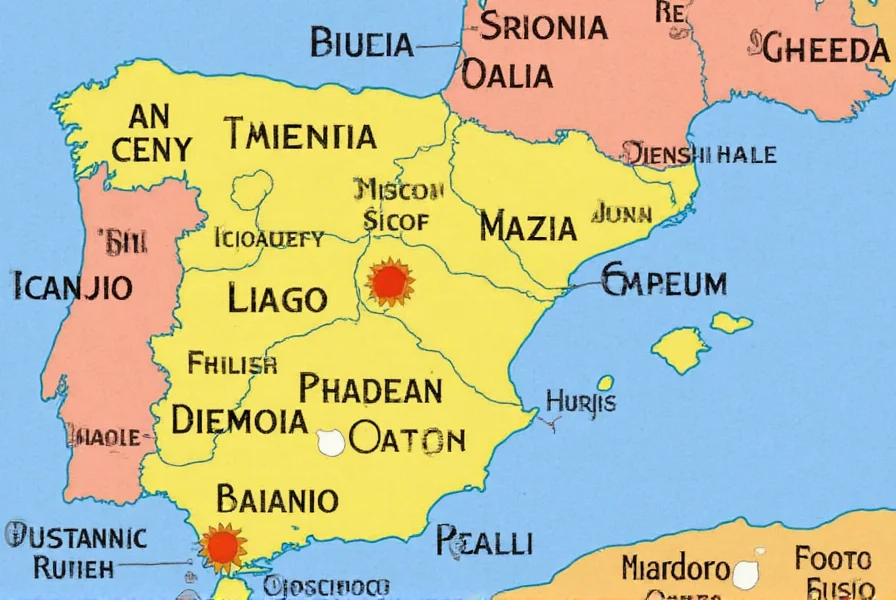
Conclusion: Spain – Definitely Mediterranean, Delightfully Spicy
So, is Spain Mediterranean?
Absolutely — especially in spirit. Geographically, parts of Spain are right on the Mediterranean coast. Culturally and culinarily, the entire country dances to a Mediterranean beat, especially when it comes to spices, cooking methods, and the joy of shared meals.
From saffron to paprika, from paella to gazpacho, Spain brings a unique blend of spice, history, and heart to the Mediterranean table. Whether you're planning a trip, trying new recipes, or simply expanding your pantry, Spain offers a deliciously fragrant path into one of the world’s richest culinary traditions.
Now go ahead — light up your stove, stock your spice rack, and savor the sunny flavors of the Spanish Mediterranean!
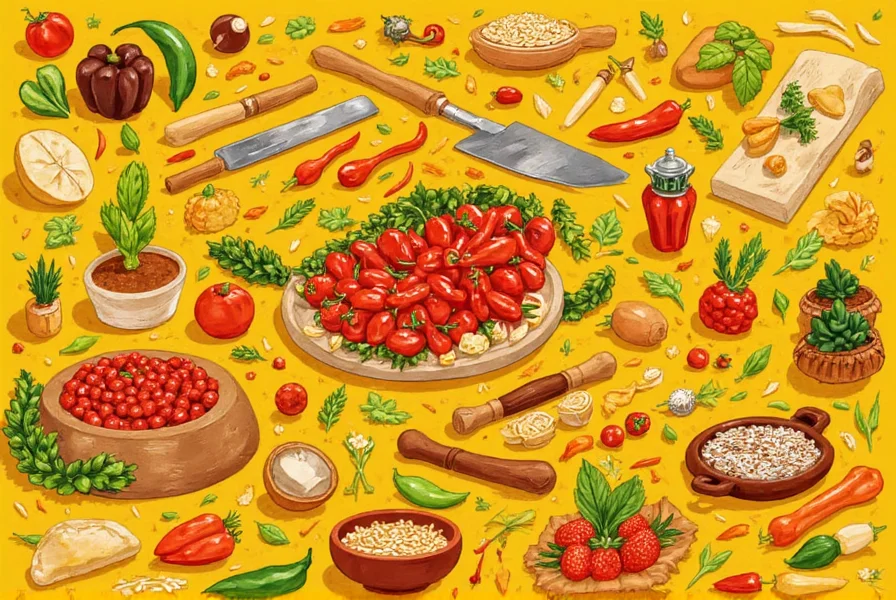

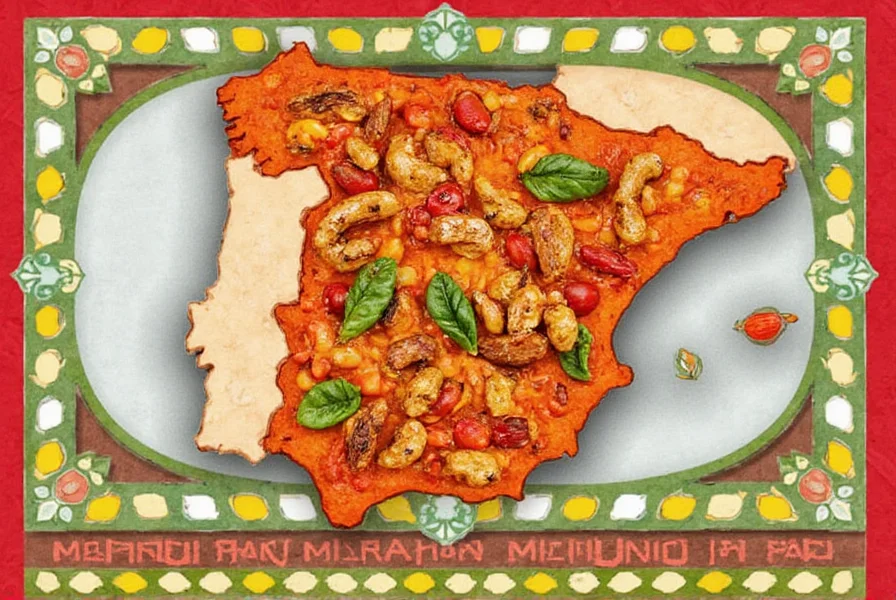









 浙公网安备
33010002000092号
浙公网安备
33010002000092号 浙B2-20120091-4
浙B2-20120091-4